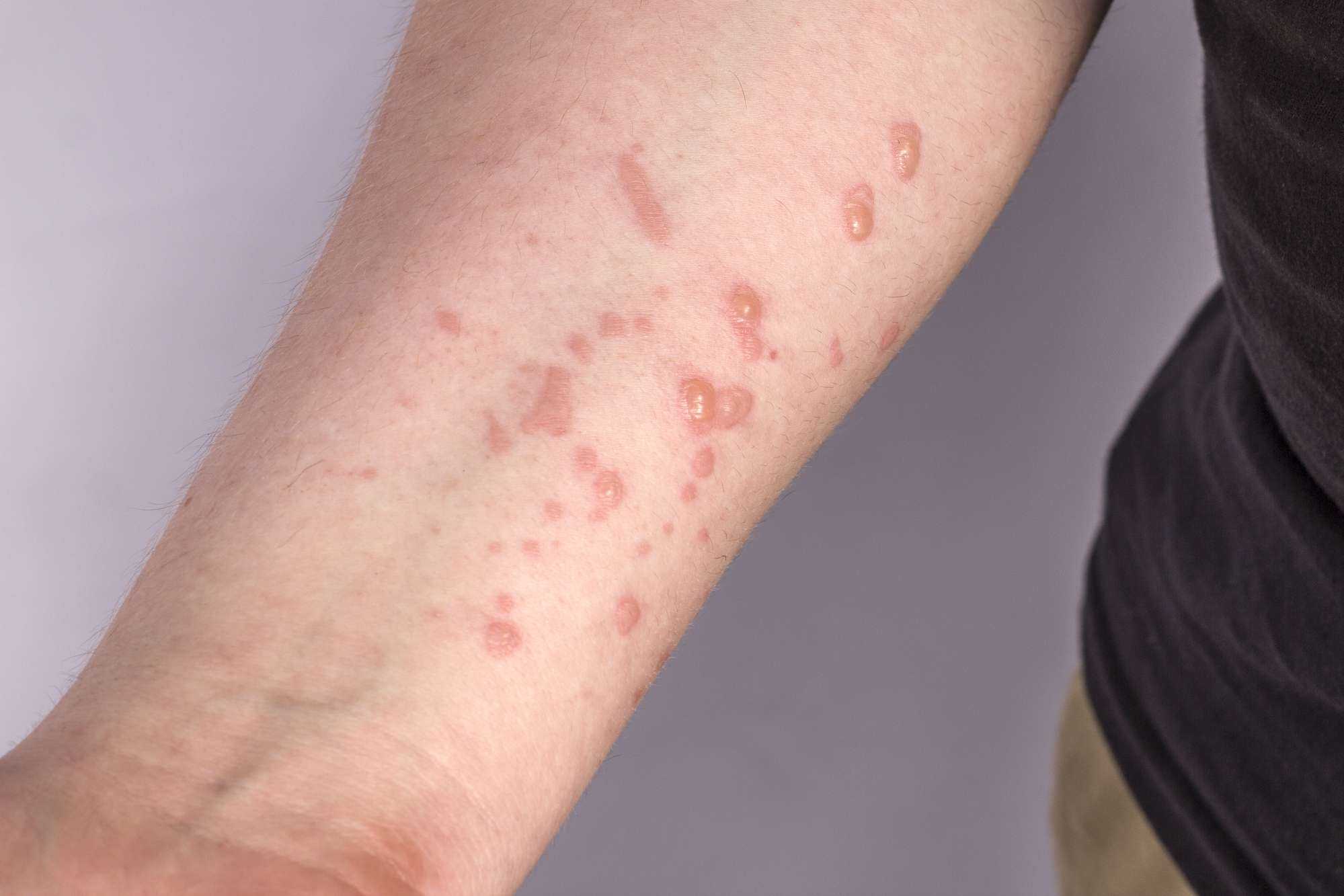on
BY SIMONE J. SMITH
Monkeypox, Monkeypox, Monkeypox…
“Really!” I heard someone say this when I was working out at the gym. “Now there is something else to worry about?”
I wouldn’t say worry about, but definitely we need to be aware of what is coming down the pipeline. Cases of Monkeypox in the UK doubled last week – to an “alarming” 20 cases. It is now spreading to the U.S.as one person has reportedly tested positive for it (determined by the PCR test apparently) in New York City
It appears that worldwide this “alarming spread” of Monkeypox is well below 100 cases at this point, which means it would probably not even break into the top 1,000 list of current infectious diseases spreading around the globe.
“This outbreak is rare and unusual,” epidemiologist Susan Hopkins (Chief Medical adviser of the U.K. Health Security Agency) said in a statement a few weeks ago.
“Exactly where and how they [the people] acquired their infections remains under urgent investigation,” the agency said in the statement.
Let’s take a look at what Monkeypox actually is and where it came from.
Transmission of Monkeypox is usually by direct contact with infected animals or possibly by eating poorly cooked meat from an infected rodent or monkey. Lesions on the infected animals are a likely source of transmission to humans, especially when the human skin is broken due to bites, scratches, or other trauma are a likely source for virus infection.
Human-to-human transfer, probably by infected respiratory droplets, is possible but is not often documented. One study suggested that only about 8%-15% of infections occurred through human-to-human transmission among close family members.
Monkeypox can be a nasty illness; it causes fever, body aches, enlarged lymph nodes and eventually “pox,” or painful, fluid-filled blisters on the face, hands and feet. One version of Monkeypox is quite deadly and kills up to 10% of people infected.
CDC reported that Monkeypox was first discovered in 1958 when two outbreaks of a pox-like disease occurred in colonies of monkeys kept for research. Here is where I had to stop and shake my head. I want you to think about this for a second. If the outbreak occurred while the monkeys were being researched, is it not possible that something occurred during the research that caused this?
All right, now I want you to go down the rabbit hole with me. Why is there so much media hype and sudden attention by government health organizations like the WHO and the CDC surrounding Monkeypox?
Just how bad is this new “outbreak” which now threatens the world in a similar way to how COVID threatened to wipe out humanity?
The first clue that this might be another planned bio-weapon attack is watching how pharmaceutical companies are set to profit from it. Disease management is first and foremost a marketing opportunity; to create fear, one has to advertise a “new” and “deadly” disease to start the funds flowing through emergency use authorizations.
In March 2021, NTI partnered with the Munich Security Conference to conduct a tabletop exercise on reducing high-consequence biological threats. The exercise examined gaps in national and international biosecurity and pandemic preparedness architectures—exploring opportunities to improve prevention and response capabilities for high-consequence biological events
On page 10 of the document (https://www.nti.org/wp-content/uploads/2021/11/NTI_Paper_BIO-TTX_Final.pdf) the talk about developing the exercise scenario that portrays a deadly, global pandemic involving an unusual strain of monkeypox virus that first emerges in the fictional country of Brinia and eventually spreads globally.
Later in the exercise, the scenario reveals that the initial outbreak was caused by a terrorist attack using a pathogen engineered in a laboratory with inadequate biosafety and biosecurity provisions and weak oversight. The exercise scenario concludes with more than three billion cases and 270 million fatalities globally. As part of the scenario development process, NTI conducted a virtual consultation with experts in December 2020.
They even presented each “Move” and what to expect. This sounds strangely familiar. It sounds like Lockstep; the breakdown of the COVID-19 pandemic, something that people called a conspiracy theory, a theory that has played out almost to the step.
Let’s take a look at each of the “Moves:”
Move 1 (occurring on June 5th, 2022, in scenario time)
It starts with an unusual outbreak of monkeypox in Brinia (population 250 million), with reports of 1,421 cases and four fatalities. There is no immediate evidence of international spread, but the outbreak takes place during a national holiday with extensive domestic and international travel by Brinians. Monkeypox is not naturally found in Brinia, local and international experts consider this outbreak to be unusual.
Move 2 (January 10th, 2023)
Occurs six months later, at which point the virus has spread to 83 countries with 70 million reported cases, causing more than 1.3 million fatalities. With no known effective therapies or vaccines, countries have had to rely principally on non-pharmaceutical interventions (NPIs) to mitigate the impacts of the pandemic.
Highlighting significantly different national outcomes in managing the pandemic, some governments, including the fictional Republic of Dranma, promptly adopted aggressive measures to slow virus transmission by: shutting down mass gatherings, imposing social-distancing measures, and implementing mask mandates
Move 3 (May 10th, 2023)
Occurred 12 months after the initial outbreak, with more than 480 million cases and 27 million fatalities globally. At this stage, participants learn that the pandemic was caused by a regional bio-terror attack that far exceeded the perpetrators’ goals.
Conveniently, there is another perfectly timed drug release for the latest viral outbreak. Last Thursday, the US Food and Drug Administration (FDA) announced that it had approved the company’s intravenous version of TPOXX® (tecovirimat) for use in the US to treat Monkeypox. The new drug was created by SIGA Technologies, which formed a partnership related to the drug with Meridian Medical Technologies in 2019.
I want to let you know at this point that Pfizer owns Meridian.
Now the World Health Organization is warning that summer festivals and mass gatherings could accelerate the spread of Monkeypox.
“As we enter the summer season in the European region, with mass gatherings, festivals and parties, I am concerned that transmission could accelerate, as the cases currently being detected are among those engaging in sexual activity, and the symptoms are unfamiliar to many,” said Dr Hans Kluge, WHO Regional Director for Europe.
SPECIAL NOTE:
The virus is also spreading at the same time the WHO is preparing to vote on an International Pandemic Treaty and amendments to the International Health Regulations (2005).
What this treaty will do is give the unelected WHO greater control of national emergency healthcare decisions and new powers to propagate vaccine passports, global surveillance, and “global coordinated actions” that address “misinformation” whenever it declares a “health emergency.”
Sigh! Here we go again. I hope that as a community, we are better able to wade through the upcoming propaganda that will be hurled our way.
Don’t worry; Toronto Caribbean Newspaper will stay on it, and make sure to bring you accurate news surrounding this new fear campaign.
Stay in the loop with exclusive news, stories, and insights—delivered straight to your inbox. No fluff, just real content that matters. Sign up today!













